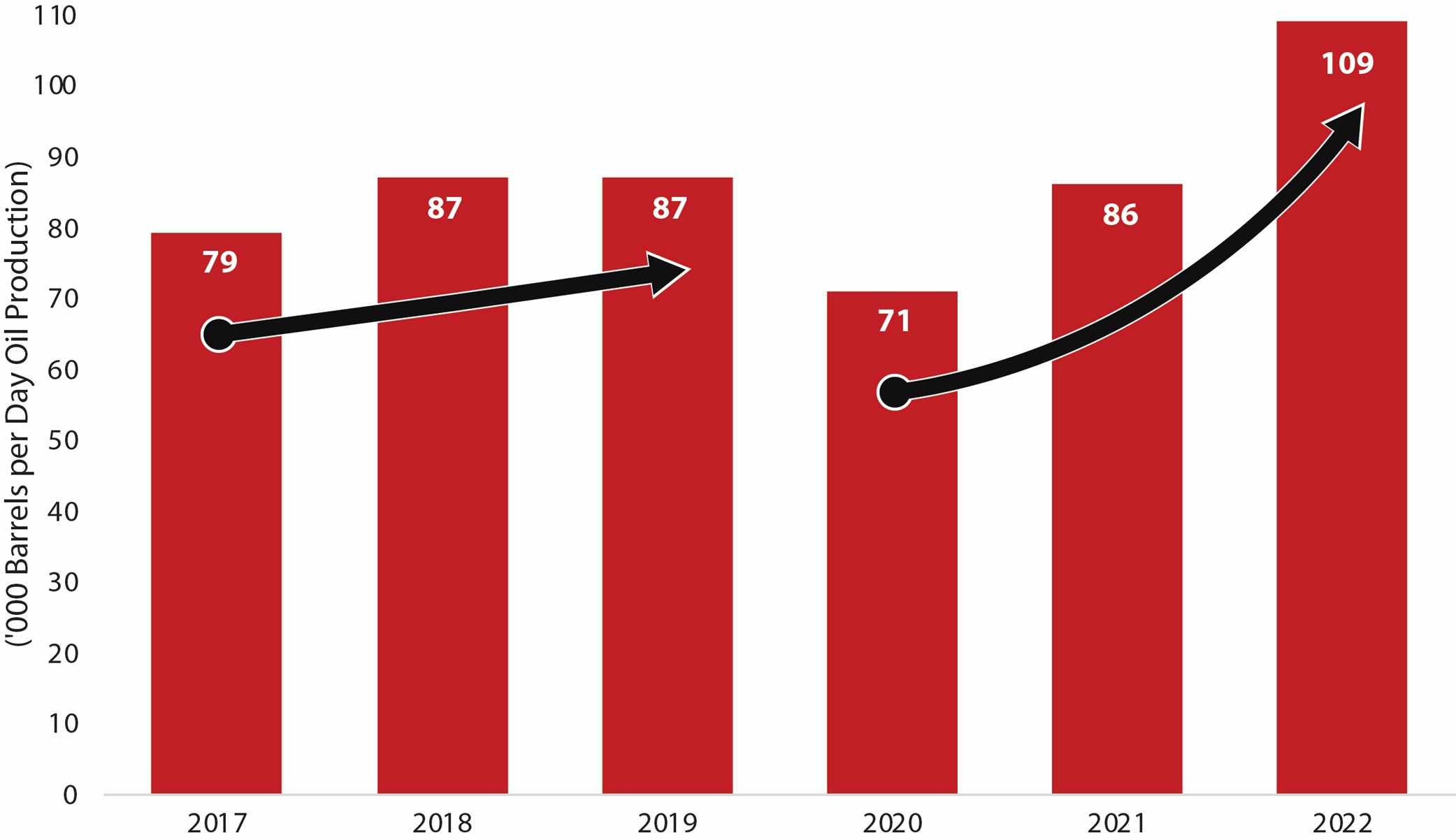Blog Post
Insight: Uinta Waxy Crude Oil Flows Out of State, Spurring Possible Economic Growth in State
By: Thomas Holst
Note: The opinions expressed are those of the author alone and do not reflect an institutional position of the Gardner Institute. We hope the opinions shared contribute to the marketplace of ideas and help people as they formulate their own INFORMED DECISIONS™.
May 8, 2023 – Conceptualization of the Uinta railway project is approaching finalization. This project will transport Uinta Basin crude oil to the US Gulf Coast—removing bottlenecks to basin production, which is heavily dependent on local Utah refinery demand.
The proposed 90-mile rail project will carry Uinta Basin waxy crude oil from Myton Bench to terminals in Helper and Wellington. Currently, double-tanker trucks transport waxy crude oil to these terminals (Figure 1). The crude oil is then transferred to a national rail carrier and transported to the US Gulf Coast.
Figure 1: Uinta Basin Crude Oil Deliveries to Carbon County Terminals, 2022
Source: RBN Energy
Uinta Basin waxy crude oil is unique because it has low-sulfur, low-metals, and low-nitrogen content, making it environmentally friendlier than other crude oils. Gulf Coast refiners place premium value on waxy crude oil for producing automobile lubricant base stocks and low-sulfur marine bunker fuels.
Transporting waxy crude oil is, however, difficult. Pipeline transport is not an option because it congeals at ambient temperatures. As such, Utah refineries receive daily deliveries from three hundred insulated double tanker trucks travelling two-and-a-half hours from the Uinta Basin. Transporting waxy crude to the US Gulf Coast requires transshipment in Helper and Wellington to a national rail carrier.
Could Uinta Basin crude oil production grow without railway deliveries to the US Gulf Coast? Likely not because Utah refineries’ collective ability to expand production is constrained by their waxy crude oil refining capacity (Figure 2). As a result, Gulf Coast refineries present an attractive sales outlet for Uinta Basin crude oil.
Figure 2: Utah Refining Capacity for Waxy Crude Oil, 2022
Source: Energy Information Administration, PAD 4, Number and Capacity of Petroleum Refineries, RBN Energy
Increased Uinta basin crude oil production would spur rural job growth while increasing Utah revenue streams such as sales tax on energy-related business investments and School and Institutional Trust Lands Administration (SITLA) revenues.
In 2022, US Gulf Coast sales outlets boosted Uinta Basin crude oil production by about 15,000 barrels per day without the benefit of the Uinta railway (Figure 3). The 90-mile Uinta railway could boost Uinta basin production to even higher levels.
Figure 3: Uinta Basin Crude Oil Production, 2017-2022
Source: Utah Division of Oil, Gas & Mining
The Seven County Infrastructure Coalition guided this project for the last decade. Difficult right-of-way issues for the Uinta railway path are now resolved, leaving financing of the Uinta railway project as the last hurdle to increasing basin production.
Thomas Holst is the Senior Energy Analyst at the Kem C. Gardner Policy Institute. He specializes in conducting research on the economic impact of Utah’s energy industry and analyzing energy economic development scenarios.









